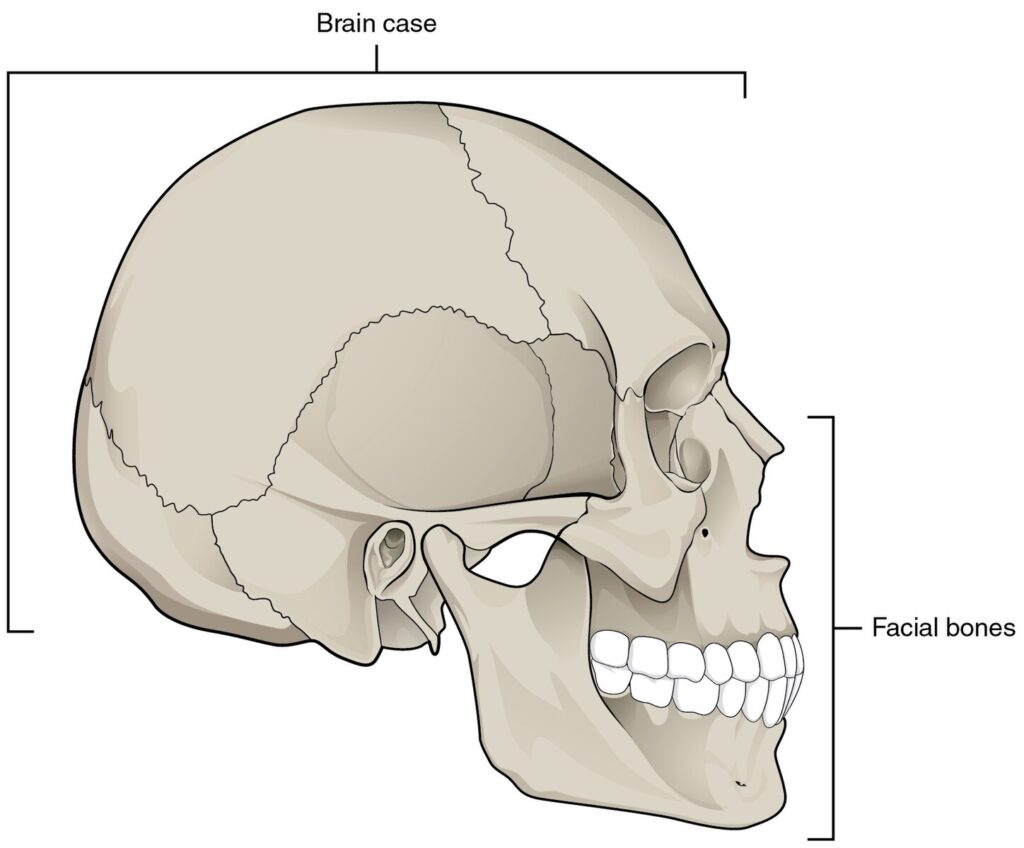Now Reading: Forensic Acoustics and its Application in Signal Intelligence
-
01
Forensic Acoustics and its Application in Signal Intelligence
Forensic Acoustics and its Application in Signal Intelligence
What is Forensic Acoustics?
Every day, we come across many routine voices in our civilization amongst which, few sounds become memorable due to the peace they bring out or it could be due to their uniqueness that makes them stand out from the rest. However surprisingly, there can also be such sounds that might fall into the circle of audio enigmas in forensic investigation.
The study of such sounds for either eliciting the identity of a person (speaker recognition) or to determine the loudness of a sound, is termed forensic acoustics. Forensic acoustics is alternatively also referred to as audio forensics. Scientifically put, “It is a field of forensic science that deals with acquisition, analysis, interpretation, and evaluation of sound recordings.”
Historical Glimpse:
Since the 1960s, forensic examination of audio evidence has been practiced by forensic laboratories. The initiative was taken by the Federal Bureau of Investigation (United States) to investigate such questionable audio recordings. Over the last forty years, audio forensics has grown considerably and has become a government-recognized profession. Earlier, the investigations were carried out on analog signals but it posed many downsides comprising of deteriorated signal stability and quality as well as low capacity. To overcome this, digital recording pronounced its need with time. They provided better outcomes but at the cost of evidence tampering issue. The ability to alter, resave, and manipulate digital bitstream cannot be ruled out. Thus, there existed an underlying need to determine the authenticity of digital recordings received for identification purposes. Multiple approaches are used to establish the authenticity and source of the evidence.
Why do we need Audio Forensics?
The analytical report generated by the forensic department needs to be submitted as evidence to the courts for legal proceedings. It is only after the court accepts the evidence, that further proceedings based on that audio evidence can be held. There are many instances in which acousticians need to perform an investigation of the sound sources. There are a few examples which are listed below as:
- To know if there is a confession from a person about any committed offense.
- To figure out how many people were present in the given moment when the recording took place.
- To determine the loudness of an alarm if it satisfies the threshold value.
- To identify if the recording consists of the suspect’s voice.
- To analyze if the inconvenience offered to civilians from bar music exceeds valid acceptable loudness value.
In such a manner, there can be various probable scenarios in which forensic acoustics come into action. Therefore, to carry out an investigation, certain techniques for audio track processing need to be enforced to gain valuable intelligence from the tangible audio clip received.
Phases followed in Forensic acoustics:
Audio forensics fundamentally imbibes three paramount procedures, they are;
- Acquisition of evidence involving the establishment of audio authenticity.
- Processing of the evidence by employing noise cancellation methodologies and improving the quality of evidence.
- Interpretation of the data which includes, speaker recognition, crime scene reconstruction, audacity determination, etc.
The steps involved in the acquisition are as follows:
- Examining the chain of custody – Authenticity of evidence is of prime importance when it comes to court submissions. Thus, when an audio recording is obtained, it is checked on the custody log. If the authenticity of an audio recording is not proved, it becomes inadmissible in the court of law. Thus, only on verification, the evidence can be considered and permitted for further processing.
- Establishing the chain of custody – The evidence that needs to be collected should be from an original source. This is ensured by documenting the retrieval process by videography or capturing associated images. If it becomes functionally impossible to establish the chain of custody, a request for original needs to be issued.
- Request for original – Generally, the original version of the recording is asked for, which is the first copied recoverable format of the evidential sound. This becomes easier when it is linked to a digital medium. Retrieval of recordings from analog media poses the chances of sound quality degradation and introduction of noise, unlike digital copies. Digital copies are exact duplicates that can also be verified using hash functions.
The audio authentication methods are broadly classified into two main categories:
- Container-based authentication: It involves metadata analysis comprising of HASH value determination and matching.
- Content-based authentication: This type involves the assessment of actual data content of the audio file in bit format.
On successful completion of these steps, retrieval methods are followed which include imaging of the original storage file as well as media, then successful transfer to the portable media, and eventually, the analysis takes place.
Enhancement:
The interference of other distorted sounds in a forensically important audio recording needs to be eliminated. This procedure is referred to as evidence enhancement. One of the dominant reasons for the availability of such diffused audio data is recording relevant conversations by using hidden microphones. Such clandestine technique provides a forum for the recording of environmental noises captured in the background along with the conversation of forensic importance. To get rid of such irrelevant sounds, quality enhancement of the recording needs to be addressed. This is done by improving the signal-to-noise ratio of the forensic image. This processing is done concerning time-domain and frequency-domain to yield a clear and high-quality signal.
Analytical phase involves:
- Critical listening for determination of subtle lifts in voice strength and other detectable variances. In speaker identification cases, careful aural examination helps to know the geographical area native to the speaker. This can be concluded by proper listening to the accent of the speaker. This is because the vernacular influence is quite reflective of a person’s tone when he speaks.
- Electronic measurements to have a discrete vision of the associated frequencies along with their intensities.
- Analysis of metadata to gather information about the recording device and other significant entries.
Analysis procedures primarily comprise of eliminating the “unwanted” background noises to narrow down on a forensically significant piece of audio. Equalizers and noise reduction software are preferred for such purposes. These extraneous voices can be sophistically removed by using a spectrogram that reflects the intensity of various frequencies and detects signal irregularities available in a sample rendering a sorted assessment procedure.
Digital signal processing is the widely adopted method for the analysis of audio signals from a voice note. So far, automatic speaker recognition techniques such as Mel-Cepstrum coefficients (MFCC) are applied for the identification of the speaker. The analysis of audio recordings is done in certain special departments of forensic science such as the “Tape authentication and Speaker Identification” in Directorate of Forensic Science Laboratories, Maharashtra.
There are many free softwares as well as licensed versions available for interpretation. Forensically speaking, discrete Fourier transform, Audacity software, and frequency analysis windows have also proved to be a helping hand for assessment purposes.
Audio Forensic Report:
It comprises of an introduction about the objective of analysis enveloping the scientific facts, analysis software used for the analysis of the audio evidence, expert’s opinion regarding the conclusions put forth, and a document establishing the credibility of the forensic audio expert.
Conclusion:
The aural and spectrographic analysis can be done on a variety of cases in Forensics ranging from aircraft accident issues to gunshot examinations. The signal intelligence obtained from audio evidence help verify the questioned situations and are presented in the court of law. However, the possibilities of facing technical and legal challenges in such examinations cannot be ruled out.
References:
- Audio Forensics: An Accurate, Arguable and Authentic Approach to Understanding Audio Evidence from https://tasanet.com/Knowledge-Center/Articles/ArtMID/477/ArticleID/124/Audio-Forensics-An-Accurate-Arguable-and-Authentic-Approach-to-Understanding-Audio-Evidence
- Maher R. Lending an Ear in the Courtroom: Forensic Acoustics (2015). Acoustical Society of America. Vol. 11(3).
- Maher R. Audio Forensic Examination, Authenticity, Enhancement and Interpretation (2009). IEEE Signal Processing Magazine. 1053-5888.
- Forensic Speech and Audio Analysis. Acoustics Research Institute.
- Forensic Audio Analysis from https://clarkesaunders.com/other/forensic-audio-analysis
- Herrera Martinez, M. et al. Speech pattern recognition for forensic acoustic purposes (2014). Tecciencia. Vol. 9(17), 37-44.
- Meuwly D. Forensic Speaker Recognition (2009) in Wiley Encyclopedia of Forensic Science.









